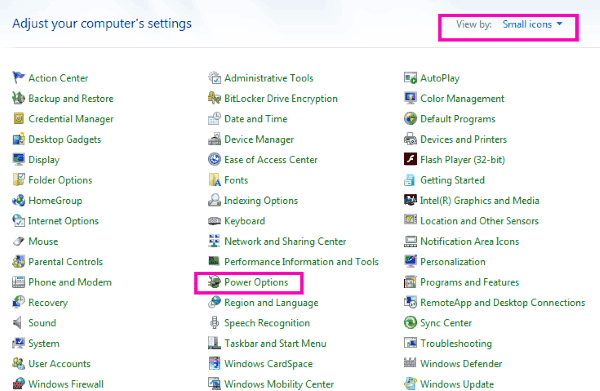

- #DRIVER POWER STATE FAILURE WINDOWS 10 2020 DRIVERS#
- #DRIVER POWER STATE FAILURE WINDOWS 10 2020 UPDATE#
- #DRIVER POWER STATE FAILURE WINDOWS 10 2020 DRIVER#
#DRIVER POWER STATE FAILURE WINDOWS 10 2020 DRIVER#
Microsoft advises users who encounter these errors to ask their driver vendor or device manufacturer (OEM) for updated and correctly signed drivers.

Starting with this month's cumulative updates, Windows requires DER-encoded PKCS#7 content to be valid and correctly embedded within catalog files. The known issue is caused by improperly formatted driver catalog files that trigger the errors during the driver validation process. "You may also see the error 'No signature was present in the subject' when attempting to view the signature properties using Windows Explorer. "When installing a third-party driver, you might receive the error, 'Windows can’t verify the publisher of this driver software'," Microsoft says on the health dashboard.
#DRIVER POWER STATE FAILURE WINDOWS 10 2020 DRIVERS#
Users of all supported Windows 10 and Windows Server versions including the just-released 20H2 are also affected by an issue leading to some third-party drivers being blocked from installation.
#DRIVER POWER STATE FAILURE WINDOWS 10 2020 UPDATE#
To work around Windows 10 update installation issues, customers are advised to use this update problems troubleshooter or this guided walk-through. While Microsoft does not recommend circumventing safeguard holds, you can still do that using the Media Creation Tool or a newly included Windows 10 group policy specifically designed to enable users to bypass update blocks. Microsoft and Synaptics are currently working on a resolution for these issues and they plan to provide a fix with an upcoming release. Impacted Windows 10 devices include both client (Windand 20H2) and server (Windows Server 2004 and 20H2) platforms.Īs Microsoft explains, users of such devices might experience blue screens or errors during or while updating the OS on computers.īecause of this, Microsoft has added two compatibility holds to block Windand later from being offered to systems with the problematic Conexant audio drivers. Conexant, Synaptics issues and update blocksįirst of all, computers with certain Conexant, Synaptics, or Conexant ISST audio drivers are currently experiencing issues with the May 2020 and October 2020 Windows 10 updates. However, as detailed on the Windows 10 Health Dashboard, Redmond has already applied update blocks while investigating known issues affecting some computers running 20H2.Įnterprise admin can use Azure's Update Compliance feature to see a list of devices under a safeguard hold and to discover what safeguard holds are in place. Microsoft is currently rolling out Windows 10 20H2 (aka the October 2020 Update) to all seekers who check for updates via Settings on devices running Windor later. Microsoft is investigating errors and issues affecting Windows 10 devices with certain versions of Conexant or Synaptics audio device drivers, Microsoft IME (Input Method Editor), and third-party drivers.


 0 kommentar(er)
0 kommentar(er)
